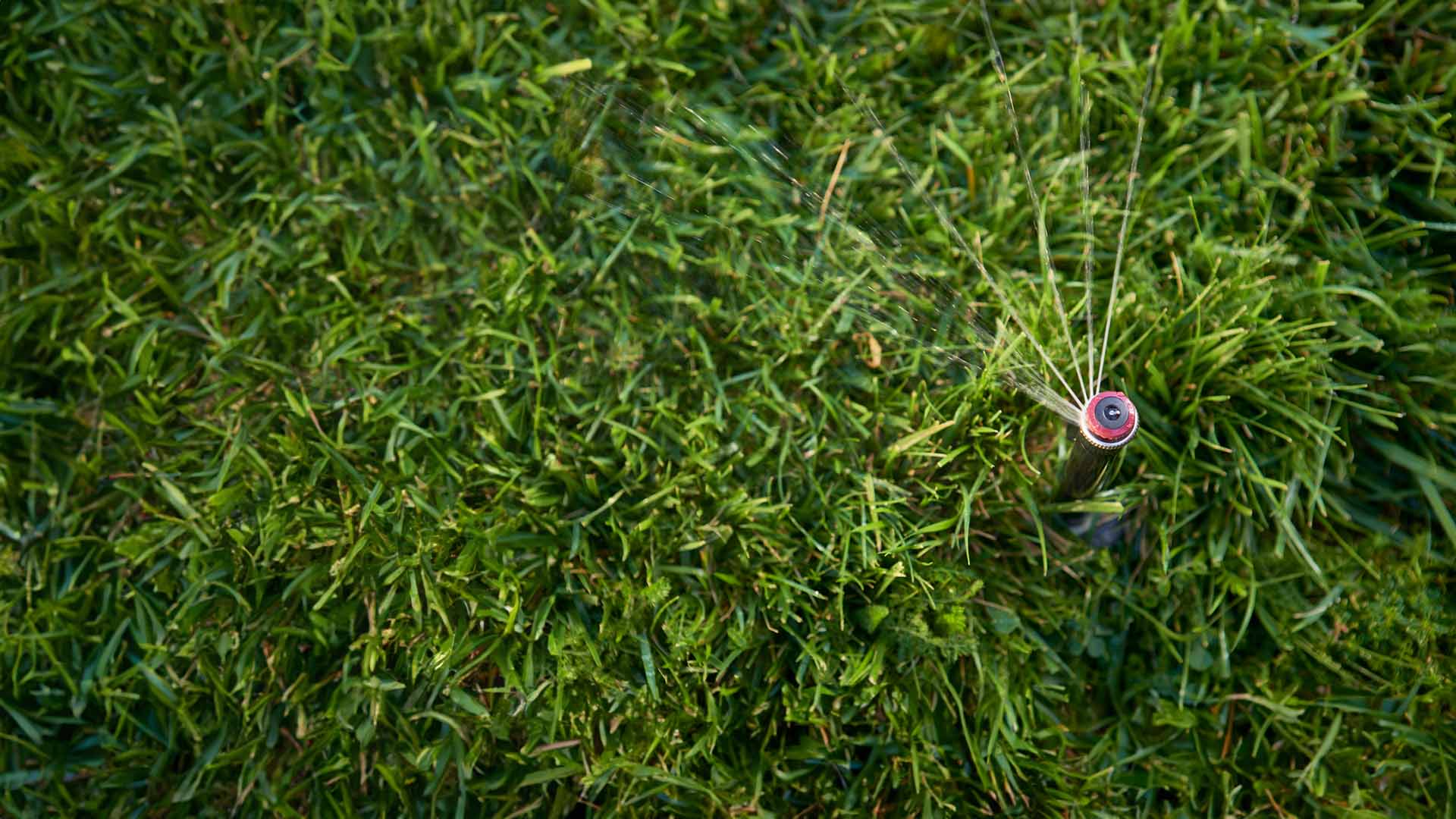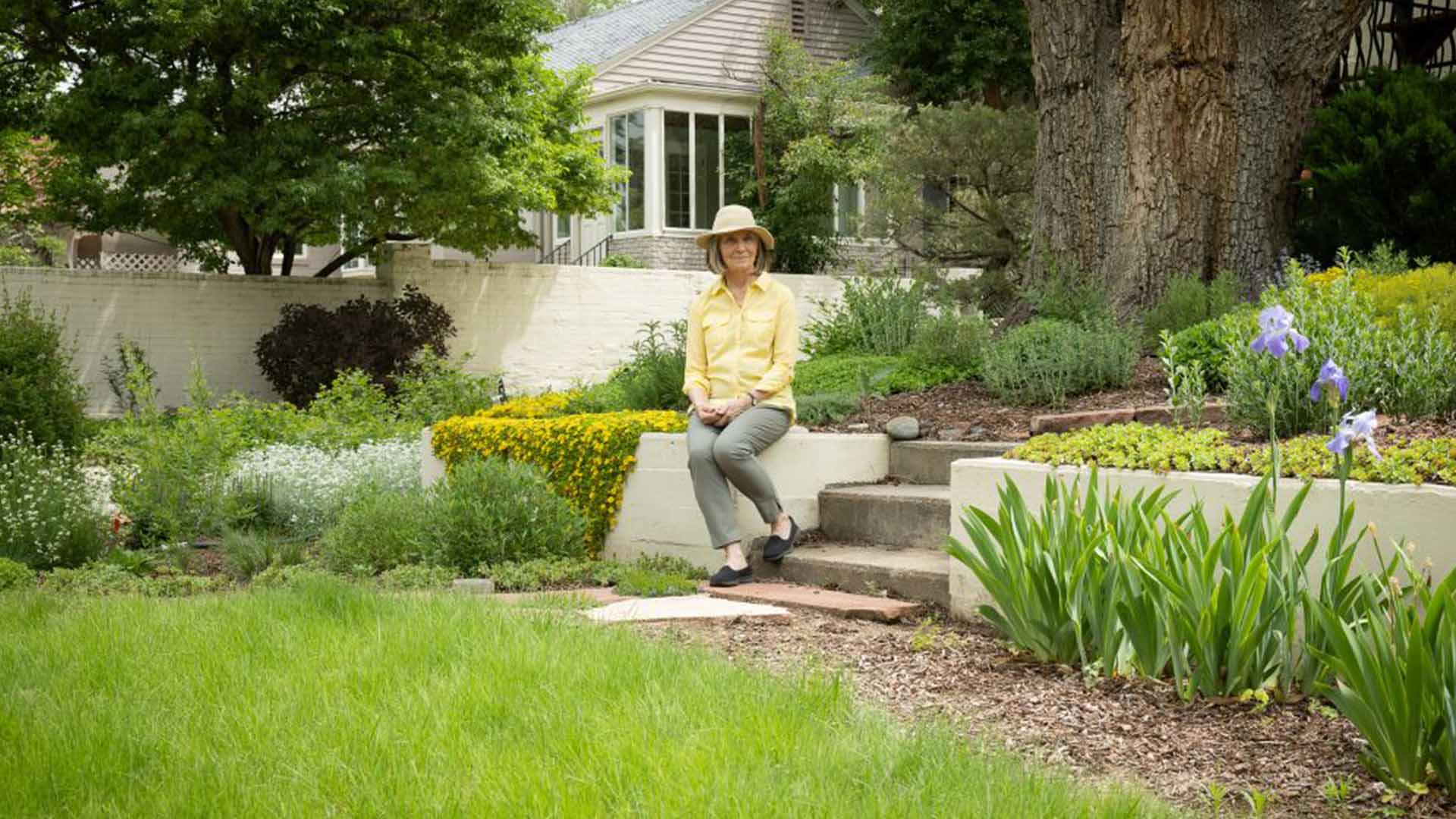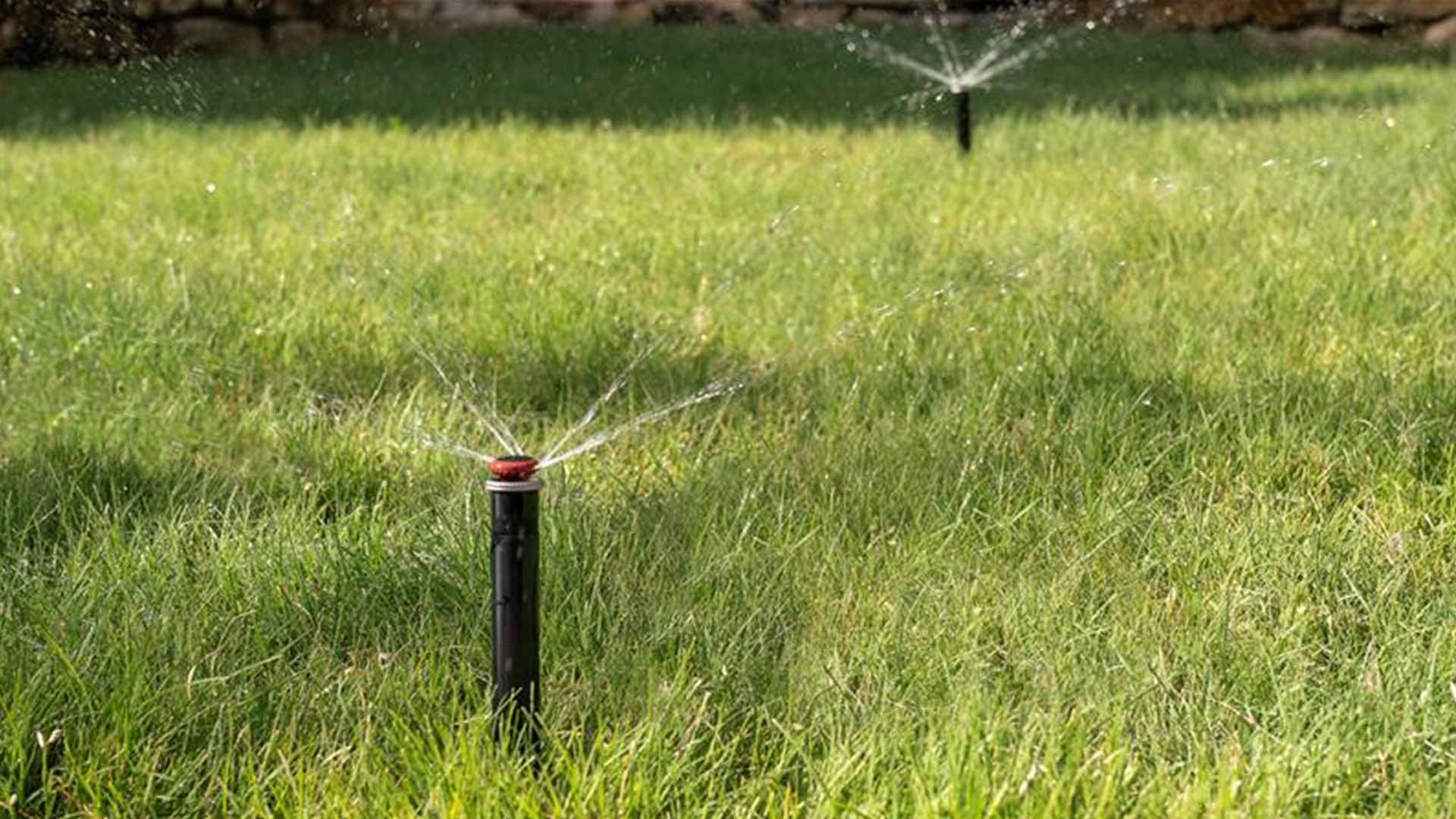
Alex T.
Duration: 1 minute
Published on June 18, 2025
In This Article
When Lisa N. decided to transition her traditional lawn to native grass, she wasn’t starting from scratch. Her home, nestled in an older neighborhood with mature trees and established character, presented both a challenge and an opportunity.
“I didn’t want to keep pouring water on something that wasn’t thriving,” Lisa explains. “It just felt wasteful.” With an end goal of a beautiful landscape that required less watering and less long-term maintenance, she decided to sign up for the Native Grass Lawn Program to explore replacing her turf landscape with one made of natural grass.
Lisa tackled the project herself. She dug up the old lawn with a shovel, laid down cardboard, and hand-weeded around delicate new seedlings. “I remember crawling around with a big piece of plastic to distribute my weight so I wouldn’t crush the baby grass. It was a lot of work that first summer, but I stuck with it.”
By keeping the area small and manageable, Lisa was able to establish a thriving mix of blue grama and buffalo grass. “You don’t have to be an expert,” she says. “I followed the guidance from the Springs Utilities course, and it worked. I mowed in March, used a pre-emergent, and watered just enough. Now, it’s mostly self-sustaining.”
The transformation didn’t stop with the lawn. Lisa’s yard is now filled with native perennials, low-water shrubs, and thoughtful plant communities. “I love plants,” she says. “Rock is hot and sterile. I wanted something alive, something beautiful.”
Has it been worth it? “Absolutely,” Lisa says without hesitation. “It’s changed how I see nature. I walk through my neighborhood or Garden of the Gods, and I notice grasses and wildflowers I never appreciated before.”
An added benefit: when fully established, a native grass lawn can be watered once per week or less, compared to three times per week in mid-summer for a traditional lawn.
Her advice to others?
“Start small. Walk around your neighborhood. Visit demonstration gardens. Think of your yard like your home, create outdoor ‘rooms’ with purpose. And don’t be afraid to get your hands dirty.”
Lisa’s story is proof that transitioning to a native, water-wise landscape is not only possible, it’s deeply rewarding.
“This is doable,” she says. “You just have to begin.”

.jpg?width=2000&height=1125&name=Untitled%20design%20(7).jpg)








